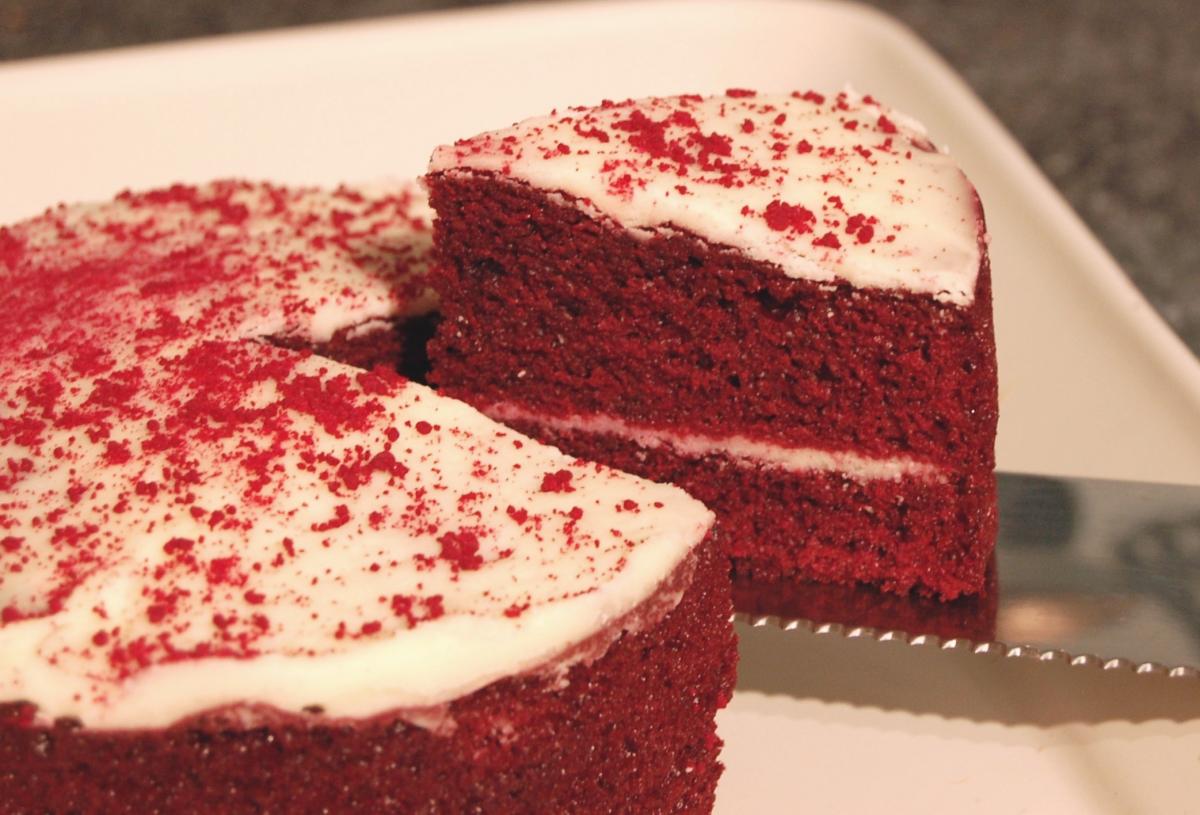MANY of us think we are making good food choices by consuming low fat or other types of ‘healthy’ foods - without realizing the sugar content has been increased to compensate and produce a foodstuff that is actually comparable to the original ‘unhealthy’ version. Now the UK government has set the target of reducing the sugar content of foodstuffs generally by 20 percent by 2020, including a 5 percent reduction in the first year. The guideline daily amount for sugars in the UK has dropped to just 30g, which is less sugar than you’d find in a 330ml can of Coke!
The sweet bakery industry is one sector which is already being significantly impacted by these new recommendations. For cake and other manufacturers, leading British owned clean label ingredient specialist Ulrick & Short is able to turn the production of baked goods and breakfast products on its head with its unique sugar displacement product, avant.
This innovative ingredient enables manufacturers to reduce sugar by up to 30 percent in cakes, snack bars and muffins – amongst other products – with no effect on product quality. Replacing sweetness is relatively straightforward with the use of artificial sweeteners and natural sugar substitutes, but replicating the functionality of sugar has always been more challenging. Here’s a brief overview of why...

Using avant, a sugar displacement product allows manufacturers to reduce up to 30 percent sugar in cakes and other sweet products
The Impact of sugar
Sugar is a highly functional ingredient. Depending on its application, it will contribute different and potentially multiple functions. It is this varied and vast functionality which makes sugar such a challenging yet interesting ingredient to replace.
Volume – Even though it’s missing from every ingredient list, air is a key ingredient for good cakes! Creaming the fats and sugar aerates the batter, increasing volume prior to the addition of baking powder. Due to the high surface tension of the batter the carbon dioxide released by the baking powder is only able to increase the size of existing bubbles, not produce additional ones. If there is too much sugar present then the cake will collapse due to the sugar crystallizing in the cake, firstly preventing gluten from forming then creating a heavy top which makes the cake unable to rise.
Structure - The combination of protein coagulation and starch gelatinization is what forms the final structure of the cake sponge, and the rate that this occurs is directly correlated to the levels of sugar present in the cake.
Color, flavor and aroma formation - The chemical reaction between reducing sugars and amino acids, from proteins (Maillard reaction) gives color and flavor to the cake, as well as releasing aromas. The Maillard reaction only occurs on the surface of the batter as this is the only part of the cake which reaches a high enough temperature and dehydrates enough to allow the reaction to occur.
The second reaction which aids color and flavor formation is caramelization. This is the breakdown of complex sugars into simple sugars prior to polymerisation.
Preservation - Due to sugar binding water, the shelf life of the cake can be extended. Sugar lowers the water activity in the cake by increasing the osmotic pressure: the pressure required to prevent the water flowing from a high water activity area to a low water activity area. A higher level of sugar increases osmotic pressure because the sugar is binding the water, which results in microorganisms being unable to absorb the water they require for growth: effectively, there is no free water for the bacteria to grow, hence inhibiting microbial growth.
Texture – Sugar acts as a tenderizing agent as it absorbs water, delaying protein coagulation and starch gelatinization.
So, in addition to being sweet, sugar also increases the starch gelatinization temperature, slows down protein coagulation, increases batter volume, provides crust colour, extends shelf life and improves texture and softness within baked goods.
In short, sugar plays a far more complex functional role than most consumers think, and calls for a reduction in sugar levels can only realistically be met by bakery manufacturers committing to the use of innovative replacement ingredients such as those developed by Ulrick & Short.
The bakery market in the UK alone is predicted to grow by nine per cent by 20201. Given the choice, consumers will select products perceived to be lower in sugar as long as they can be confident that the eating experience will be unaffected. With avant, up to a third of the sugar in cakes and muffins can be replaced without losing any functionality - but with the added benefit of improving the nutritional value of the product; lowering sugar and therefore overall calories. This improved nutritional profile will in turn help consumers have their cake (and eat it) yet stay within their recommended GDA limit of 30g.
Nike Hyperdunk 2018













